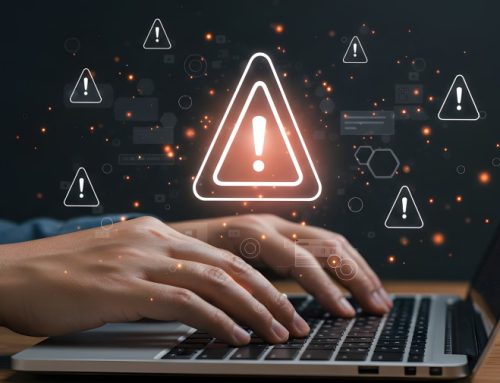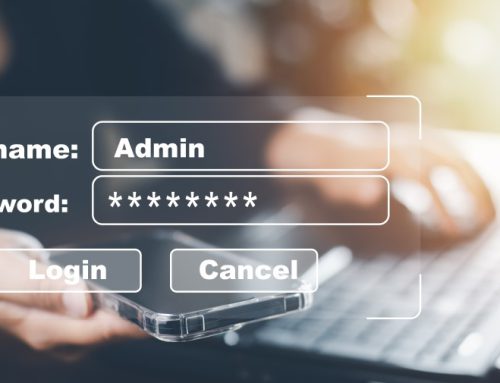Cybercriminals are becoming more advanced, using sophisticated social engineering tactics to deceive even the most security-conscious professionals. With every email, text, or online interaction, there’s potential for exploitation, making awareness and critical thinking as essential to business security as any technical safeguard.
Organizations rely on technology for every aspect of their operations. However, that dependence also expands the attack surface for cybercriminals seeking access to sensitive data, financial assets, and confidential information. Understanding how to recognize scams and respond appropriately can make the difference between a minor inconvenience and a major security incident.
1. Spot Phishing Clues
Phishing remains the most common and effective tactic used by cybercriminals. These scams often arrive disguised as legitimate communications from trusted sources: a bank, a vendor, or even an internal department.
To identify a potential phishing attempt, pay attention to subtle details that often go unnoticed:
- Misspelled words or awkward phrasing
- Slightly altered sender email addresses (for example, “@rnicrosoft.com” instead of “@microsoft.com”)
- Generic greetings such as “Dear Customer” instead of your name
- Poorly designed logos or mismatched formatting
Legitimate organizations rarely ask you to “confirm your password” or “verify your identity” via email or text. When something feels off, stop and investigate before responding.
2. Verify Before You Act
Verification is one of the most effective defenses against fraud. If you receive a message that requests urgent action whether it’s a payment approval, password reset, or account verification pause and confirm its legitimacy.
Rather than clicking on embedded links, open a new browser window and navigate directly to the organization’s official website. If you’re unsure, contact the company through a verified phone number or customer service portal.
Example:
If you receive a message from a delivery company claiming a “missed package,” check the official app or website for tracking updates. Taking a moment to confirm authenticity can prevent financial loss and protect your credentials.
3. Beware of Urgency
Cybercriminals rely heavily on emotional manipulation, and one of their most common strategies is creating a false sense of urgency. Messages that claim “your account will be closed,” “your payment failed,” or “you must act immediately” are designed to make you panic.
When you feel pressured to respond instantly, take a step back. Genuine organizations do not demand immediate action through unsolicited messages. A brief pause to evaluate the situation can stop a scam before it succeeds.
4. Use Security Tools to Strengthen Protection
Technology plays an important supporting role in cyber security when used correctly. Modern browsers, email platforms, and operating systems include built-in protections that help detect malicious activity before it reaches users.
Recommended Practices:
- Keep your browser, applications, and antivirus software up to date.
- Enable phishing and spam filters in your email settings.
- Use multi-factor authentication (MFA) for all critical accounts.
- Deploy company-wide monitoring tools to detect suspicious logins or files.
When employees pair these tools with strong awareness, the organization’s overall resilience increases significantly.
Awareness Is the Ultimate Defense
Cyber security is no longer just a technical issue; it’s a shared responsibility across every level of an organization. Cybercriminals exploit speed, distraction, and human behavior but awareness, patience, and vigilance can stop them in their tracks.
Before clicking a link, downloading an attachment, or responding to an unexpected message, pause, verify, and think. The simplest actions slowing down, double-checking details, and reporting suspicious messages can protect both individuals and entire organizations from costly breaches.












